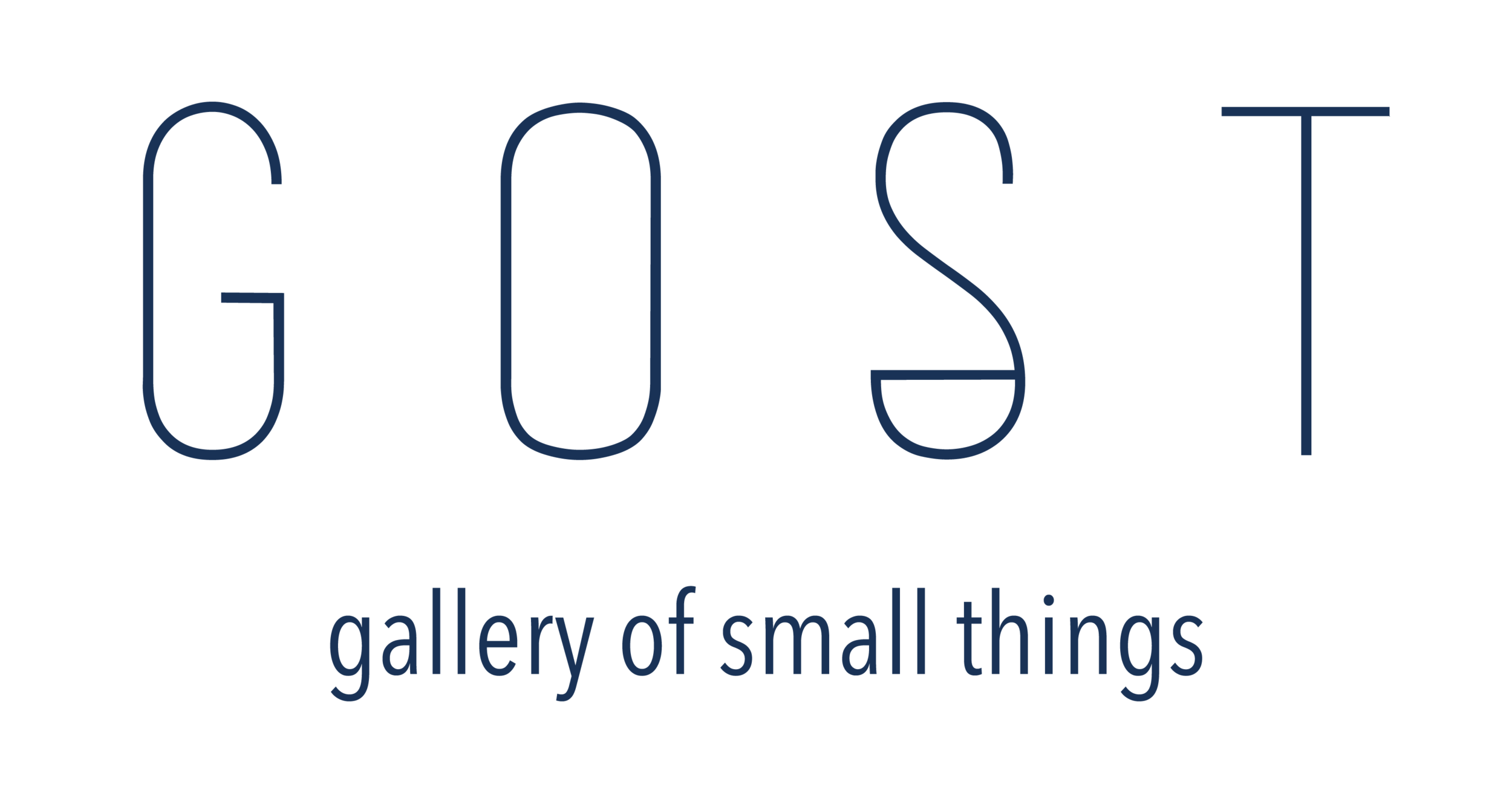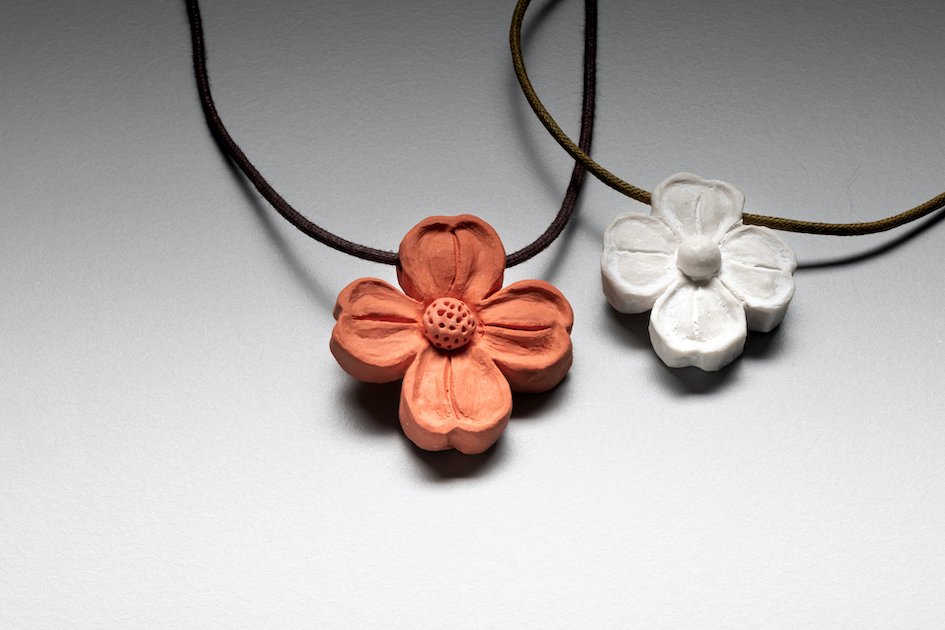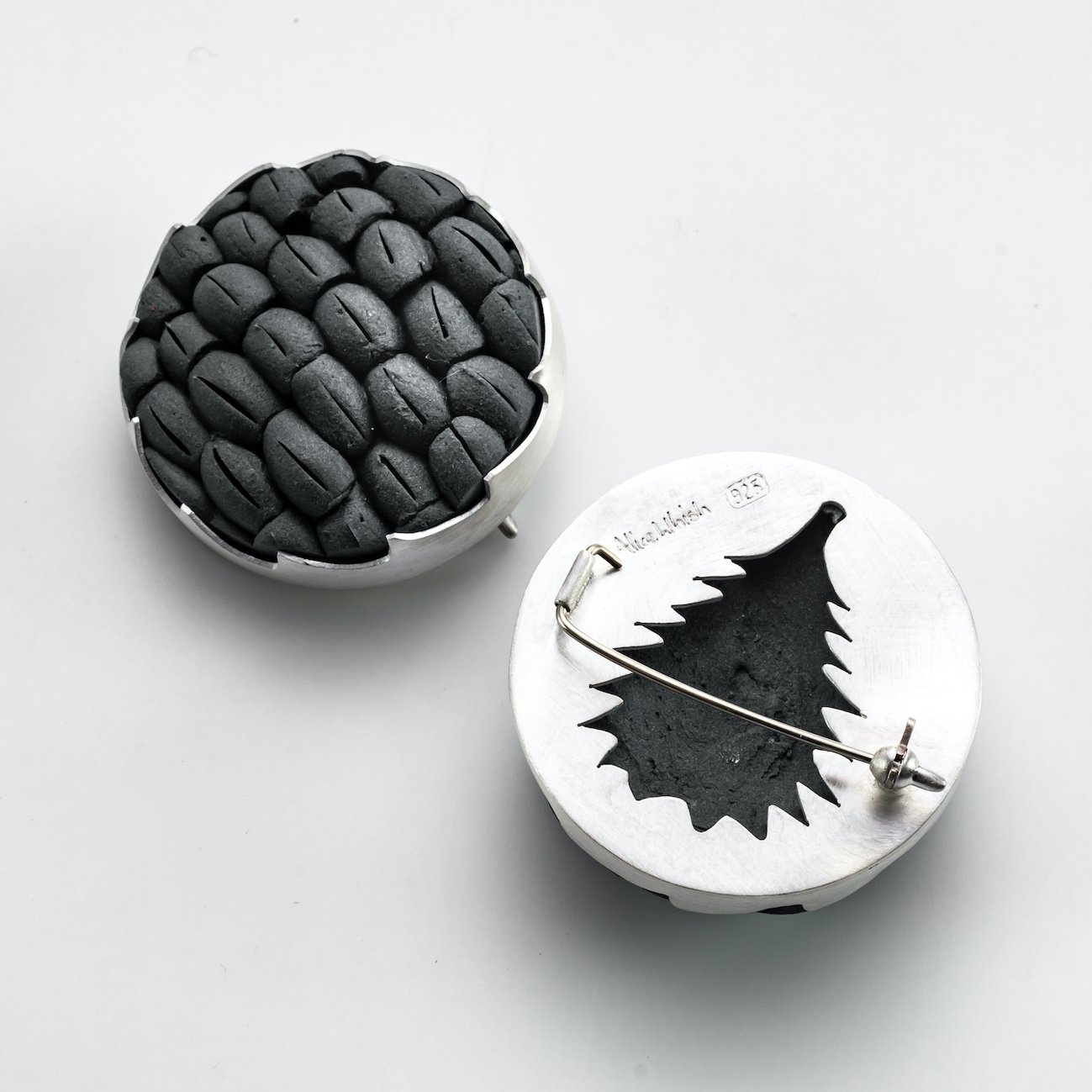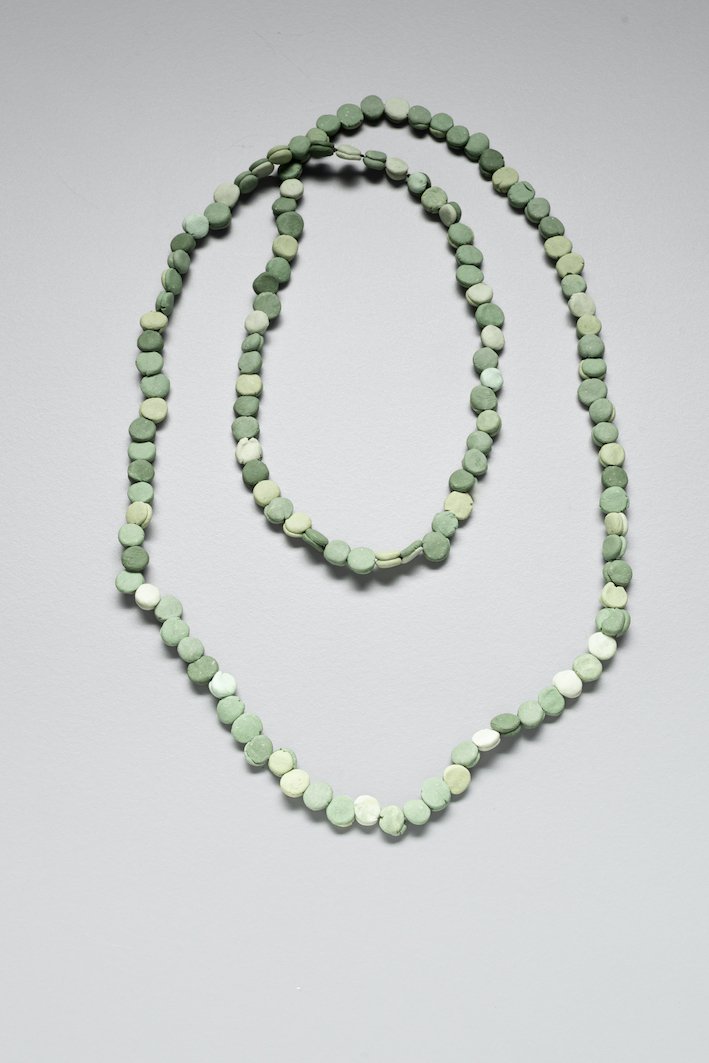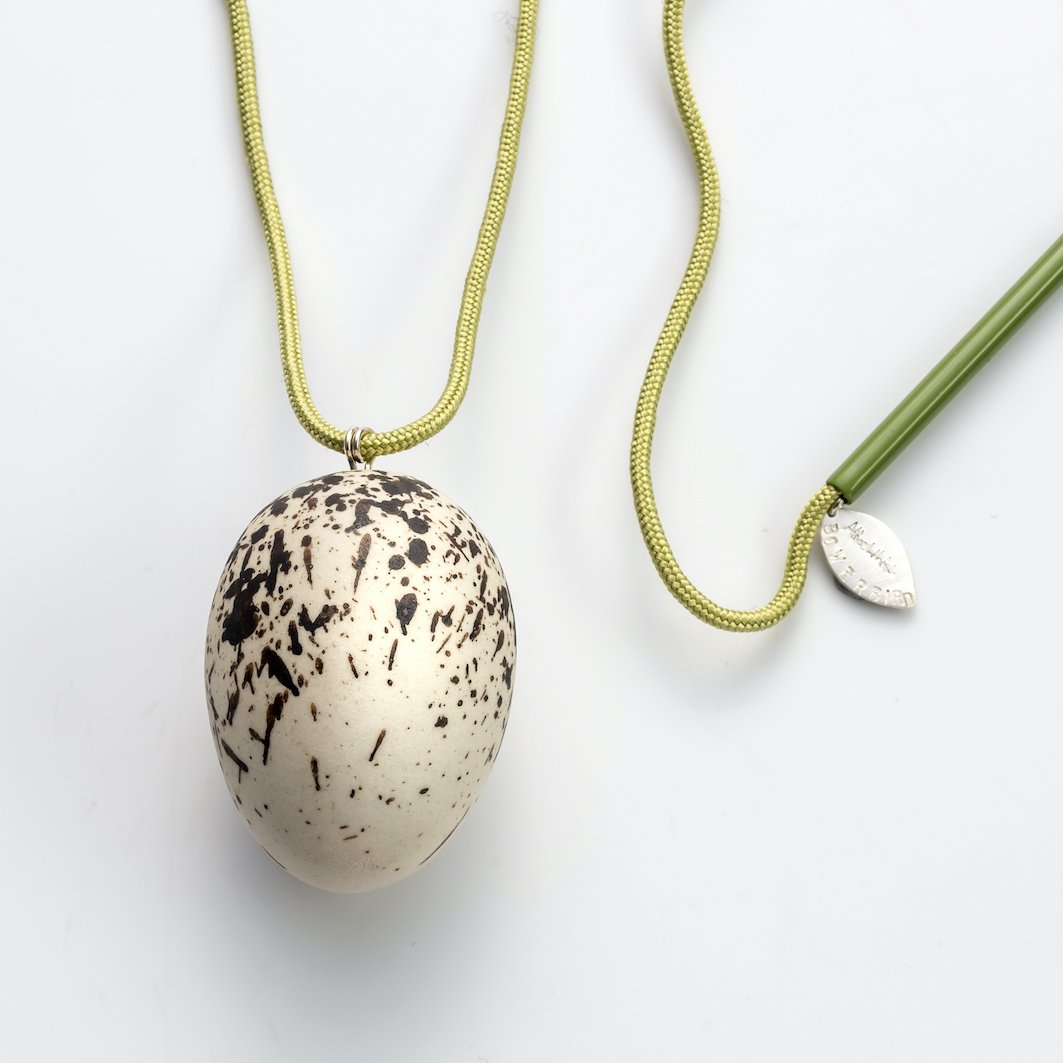Alice Whish
Alice Whish has provided GOST with selected works from two series - Plants of Bundanon and The Lost Flora of Rome. Plants of Bundanon is an exploration of the banksia understory from South Eastern Australia. My research has connected me to plants, people, and some Aboriginal cultural knowledge, of woodlands and ecologies.
In particular my focus is on cultural burning, and the effect of smoke and a cool fire at the right time of year on the woodland, ultimately resulting in plant regrowth. I am a keen advocate of the Fire Sticks Alliance and the importance of recognising cultural burning expertise and heritage within the Aboriginal community across Australia.
A recent material choice of porcelain has allowed me to explore clay, pigment, fire, and the plasticity of form. Final works echo the freshness and vitality of plant forms in a healthy banksia understory after fire, time and water.
Alice recently visited Rome as part of a residency. This residency has given me the opportunity to focus on colouring porcelain, and to reimagine the flora found in the friezes of Roman buildings.The friezes against the sky and on the tops of buildings are untouchable and when fallen from the buildings are small fragments some containing complete flowers. These have been my inspiration to reimagine the flora of Rome. I have created a series of pendants, where the flowers are now able to be touched, held, and worn. I have reimagined the flowers with colour, and form, freed from their 2 dimensional frieze the flowers are now animated against the body. The lost flora of Rome reminds us of the fragility of our natural world and that once a species is lost, it has gone from the living world and can only be reimagined.
Alice Whish is a contemporary jeweller who combines ceramic and precious metals to explore colour and the plasticity of form. While she now lives and works in Sydney, Australia she grew up in the country where she developed a passion for the natural environment and knowledge of plants. Alice carefully selects materials, and techniques to illuminate an observation of environmental detail, revealing a layer of story. Slowly each work is an act of environmental awareness assisting the viewer to observe, connect and identify with the environment.
